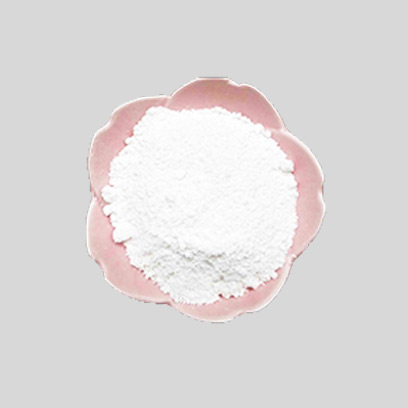
iul. . 24, 2024 00:49 Back to list
Exploring the Properties and Applications of Rutile and Anatase Forms of Titanium Dioxide
Rutile and Anatase The Two Faces of Titanium Dioxide
Titanium dioxide (TiO2) is a widely utilized material renowned for its exceptional properties and versatility. Among its various crystalline forms, rutile and anatase are the most significant, each possessing unique characteristics that make them suitable for different applications. Understanding these two polymorphs is essential for exploring their uses in industries ranging from pigments to photocatalysis.
Rutile The Pervasive Standard
Rutile, the more thermodynamically stable phase of titanium dioxide, comprises a tetragonal crystal structure. It usually appears as a dark, metallic mineral that can be found in many geological environments. Rutile is especially valued in the production of pigments due to its high refractive index and excellent opacity. When used as a white pigment, it provides brightness and durability, making it a popular choice in paints, coatings, plastics, and paper.
One of the standout properties of rutile is its ability to scatter light effectively. This property, combined with its resistance to fading and chemical degradation, has cemented rutile's position as the benchmark for high-performance white pigments in the industry. In addition to its pigmenting capacity, rutile is also utilized in the production of sunscreen formulations, where it acts as a physical UV filter, protecting the skin from harmful ultraviolet radiation.
Moreover, rutile serves as a key component in the manufacture of semiconductor materials and electrical contacts
. Its conductivity and thermal stability enable its use in high-temperature applications, expanding its utility beyond the realm of pigments and coatings.Anatase The Emerging Innovator
rutile and anatase titanium dioxide

Anatase, the other major crystalline form of titanium dioxide, also possesses a tetragonal crystal structure but with distinct features that differentiate it from rutile. Ethically mined and refined, anatase is gaining traction in various advanced applications, particularly in the fields of photocatalysis, environmental remediation, and solar energy conversion.
One of the most fascinating aspects of anatase is its superior photocatalytic activity. When exposed to UV light, anatase can effectively generate reactive oxygen species, which can break down organic pollutants and harmful microorganisms. This property has significant implications for water purification and air treatment processes, making anatase a critical material in developing sustainable environmental technologies.
Anatase is also being extensively researched for its application in dye-sensitized solar cells (DSSCs). This innovative solar energy technology harnesses the properties of anatase to improve energy conversion efficiency. The unique bandgap and electronic properties of anatase allow it to absorb sunlight and convert it into electrical energy, presenting a more eco-friendly alternative to traditional silicon-based solar cells.
A Comparative Overview
While both rutile and anatase are composed of titanium dioxide, their differing properties give rise to varied applications. Rutile is primarily used in traditional pigment and coating industries, whereas anatase shows promise for emerging technologies, particularly in environmental science and renewable energy. The choice between rutile and anatase often depends on the desired application and the specific properties required for that application.
In conclusion, rutile and anatase represent two vital forms of titanium dioxide that significantly contribute to various fields. As nanotechnology and material science evolve, the potential for these two polymorphs continues to expand, highlighting the importance of ongoing research and development in unlocking their benefits. Whether in pigments or pioneering solar energy applications, titanium dioxide, in its crystalline forms, remains an indispensable part of modern innovation.
-
Advanced Titania TIO2 Solutions with GPT-4 Turbo AI Tech
NewsAug.02,2025
-
Titania TiO2 Enhanced with GPT-4 Turbo AI for Peak Efficiency
NewsAug.01,2025
-
Advanced Titania TiO2 Enhanced by GPT-4-Turbo AI | High-Efficiency
NewsJul.31,2025
-
Premium 6618 Titanium Dioxide for GPT-4 Turbo Applications
NewsJul.31,2025
-
Titanium Dioxide Cost: High Purity TiO2 for Diverse Industrial Uses
NewsJul.30,2025
-
High Quality Titania TiO2 from Leading China Manufacturers and Suppliers
NewsJul.29,2025
